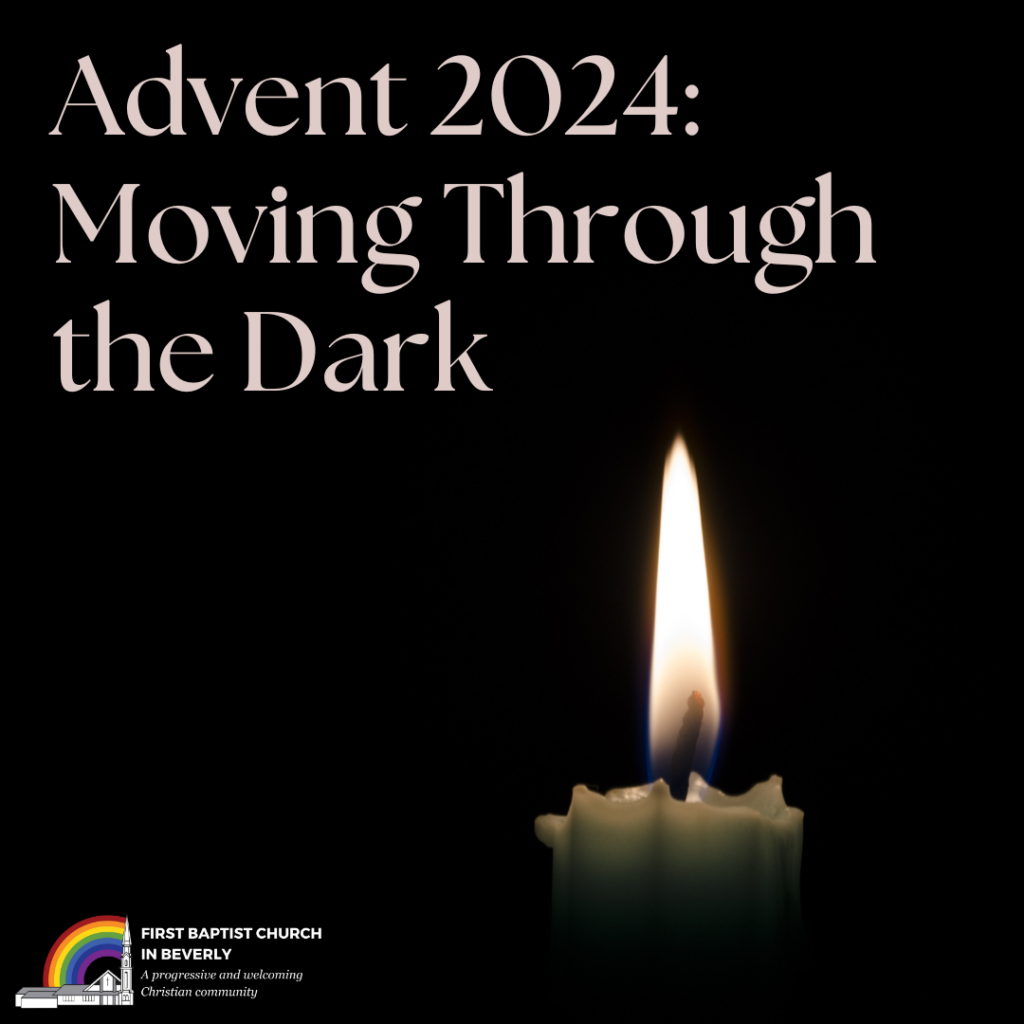
There is nothing extraordinary about dark times and places. Far from it, in fact. Darkness is a recurring and ordinary condition of the natural world. As surely as day follows night, so night inevitably follows day. Moreover, there are countless places where even the brightest light of day is significantly dimmed or unable to penetrate altogether—slot canyons, dense forest canopies, underground caverns, ocean deeps, etc.
What is true of the physical world is also true of human experience across time. There are seasons of life and seasons of history that can feel especially bleak, disorienting, and perilous. Given their similarity with some of how we experience physical darkness, it makes sense that we often describe such seasons as “dark.” Yet again, there is nothing extraordinary about them. Dark times and places, whether literal or figurative, are wholly, utterly ordinary.
Of course, many of us often feel unsettled by the dark, or even afraid of it, but the fact that it is such a regular part of our experience of the world means that we must find ways to be at least somewhat comfortable in the dark. Perhaps not as something to make our home in, but at least as something that we will have to pass through from time to time. Doing so takes a willingness to name darkness for what it is and lament its prevalence, the courage to take that first step through it even when it seems hazardous, and a trust that the light will eventually be renewed, bringing with it the greatest of joy.
This is the Advent journey—our Advent journey. This season, as the nights grow progressively longer and deeper, we move through the dark, together.
Advent is officially here! Join us by journeying through our progressive 4-week Devotional Bingo with a new email coming out every week courtesy of Advent Planning Group member Jenny Lane! Print copies will be available at the church as well!
For the full version of the Week 1 FBC Advent Devotional just click HERE.
For the full version of Week 2 of FBC’s Advent Devotional, click HERE.
To read the full version of Week 3 of FBC’s Advent Devotional, simply click HERE.
Final FBC Devotional for Advent.
